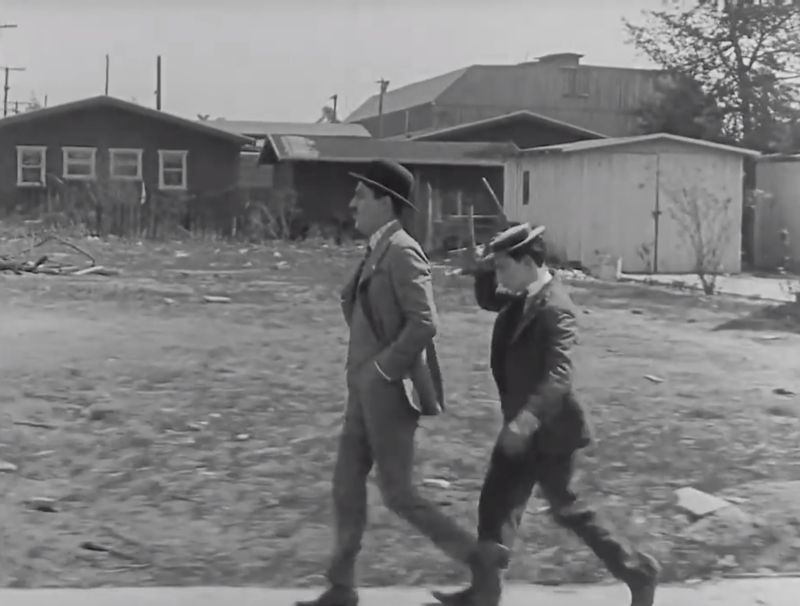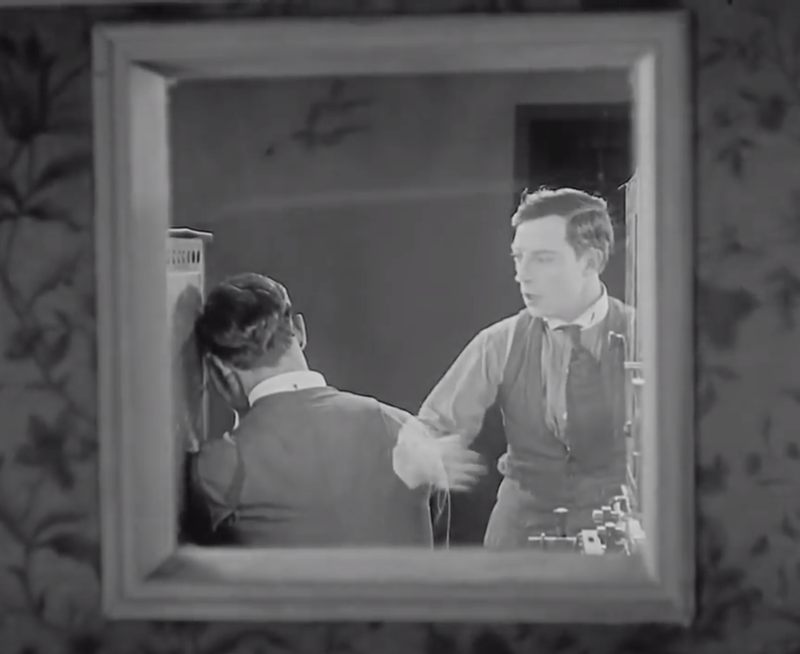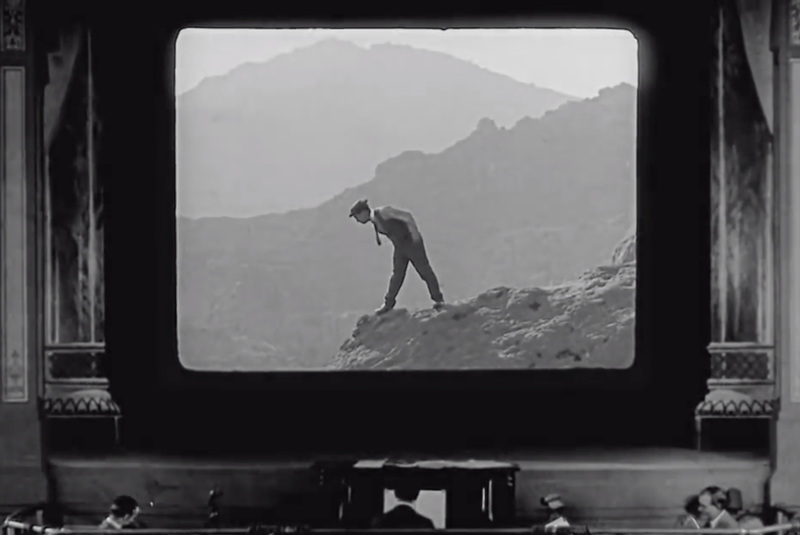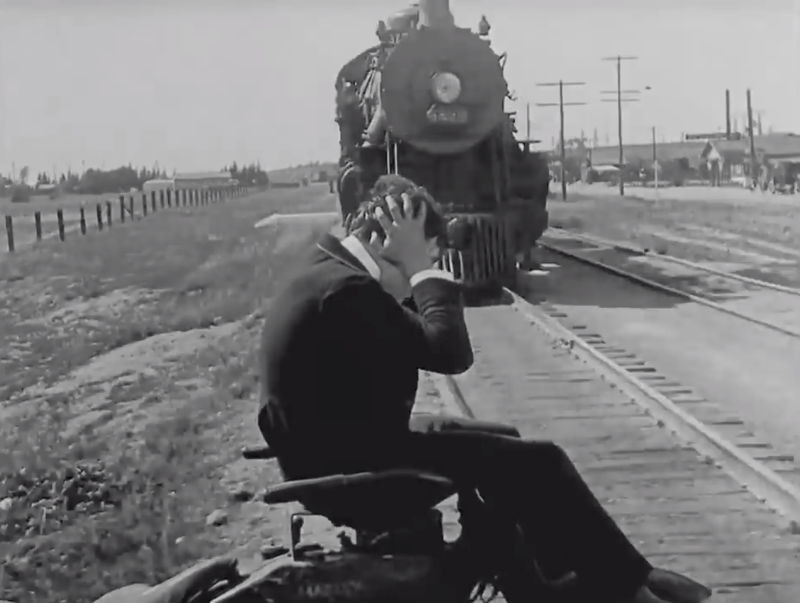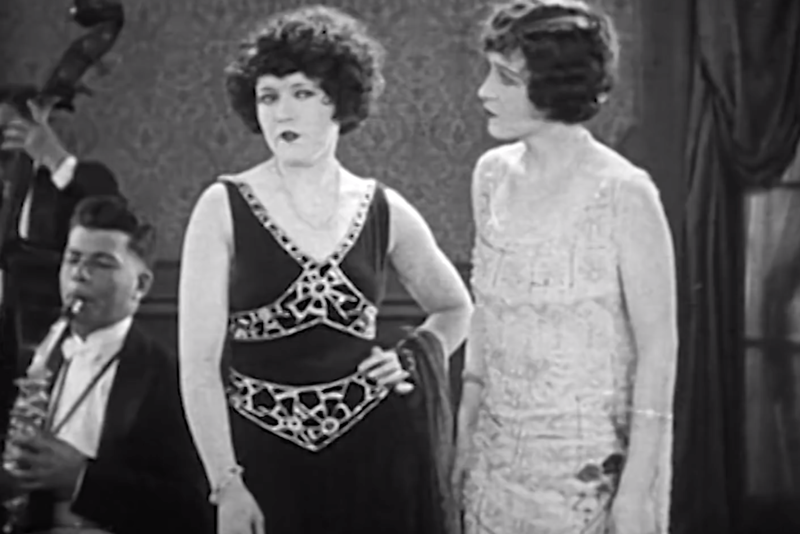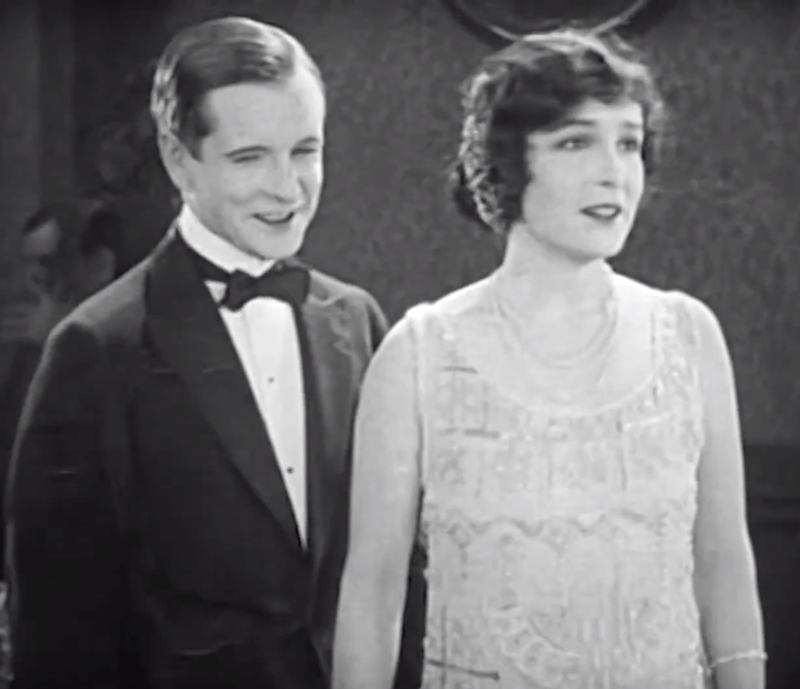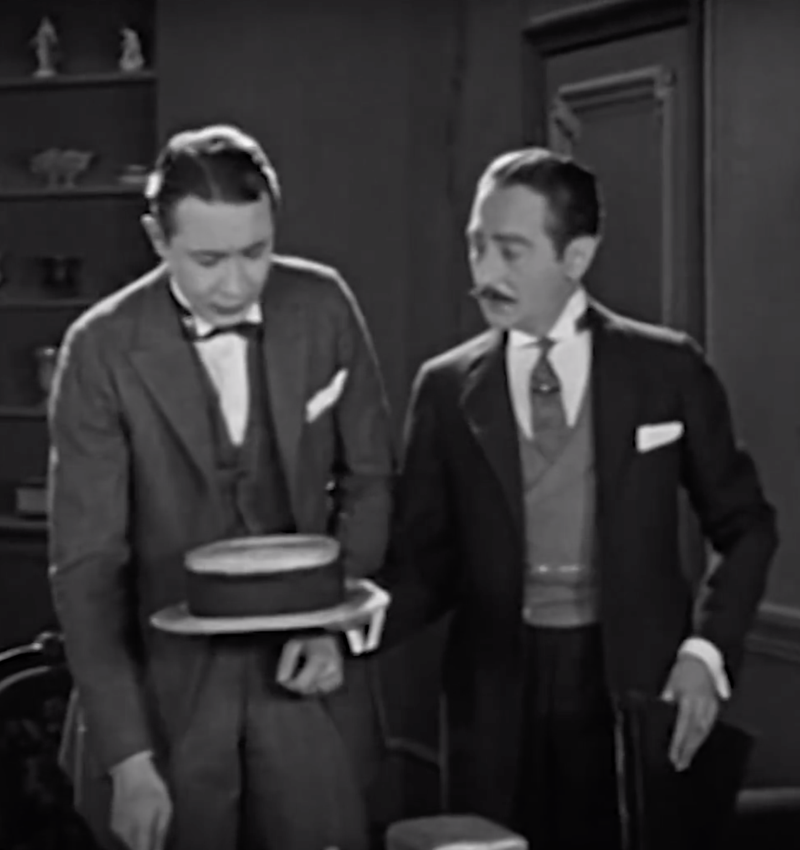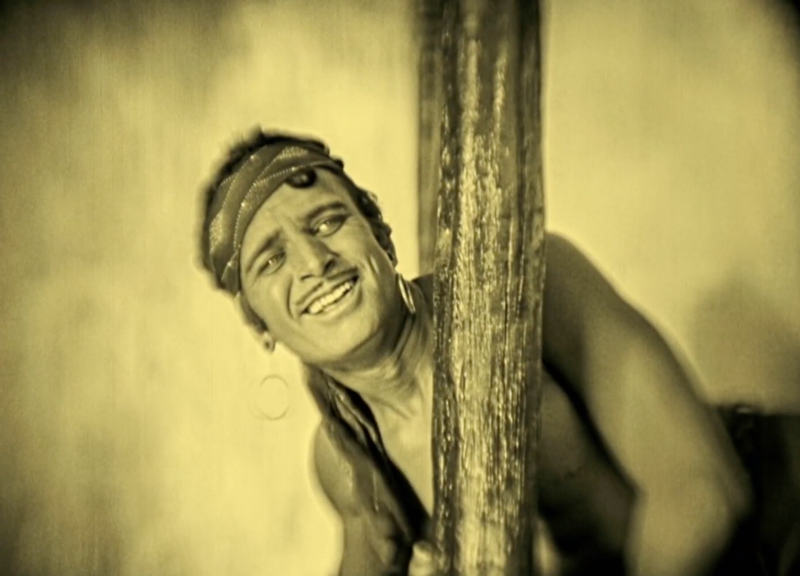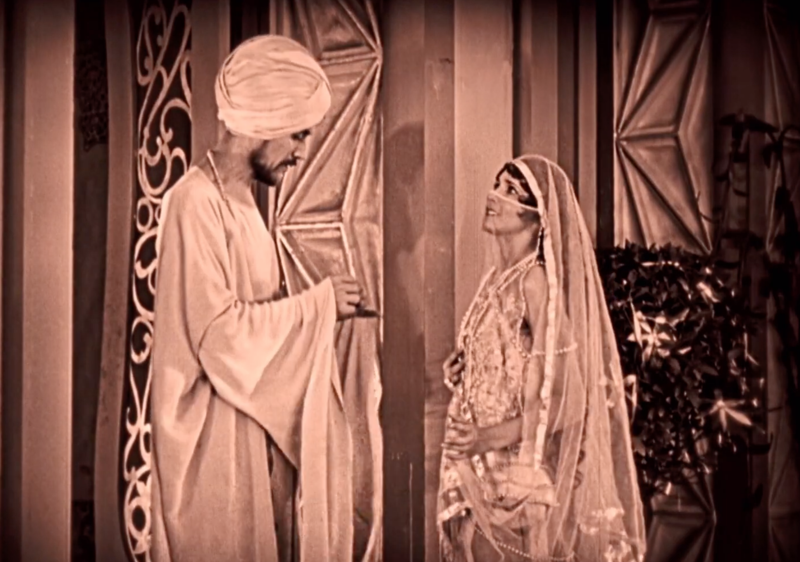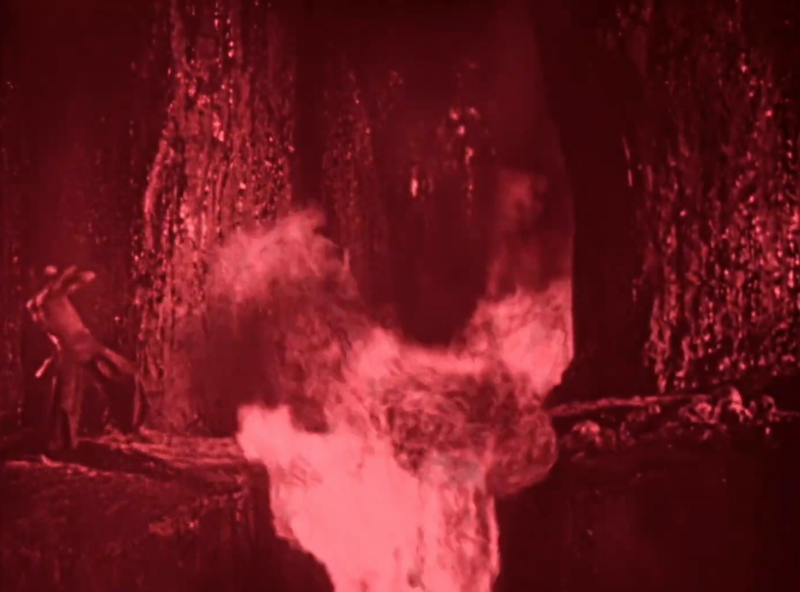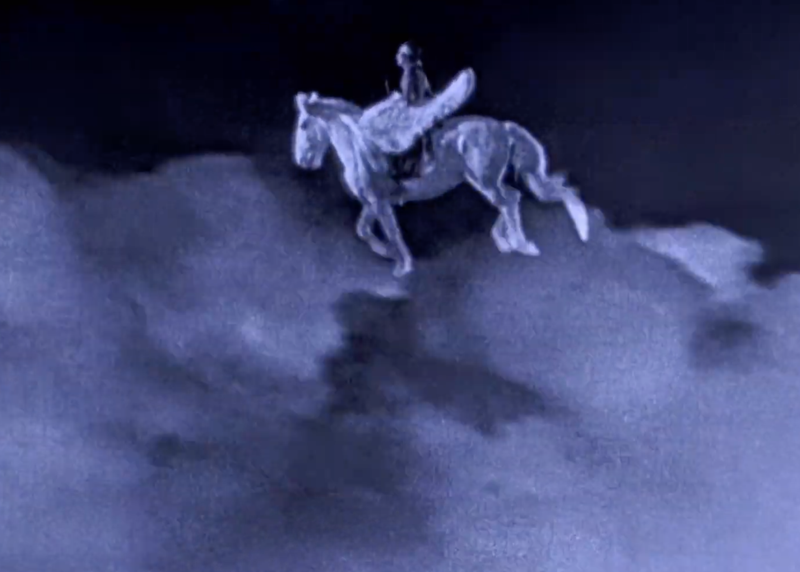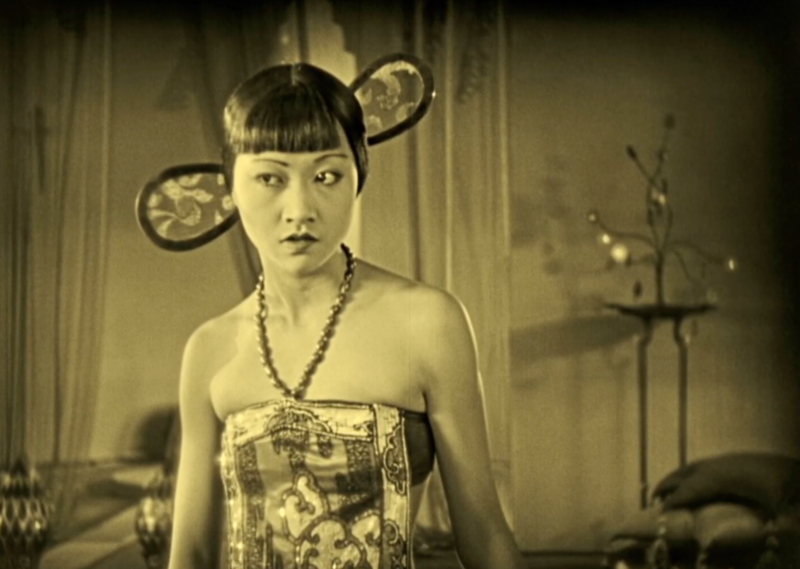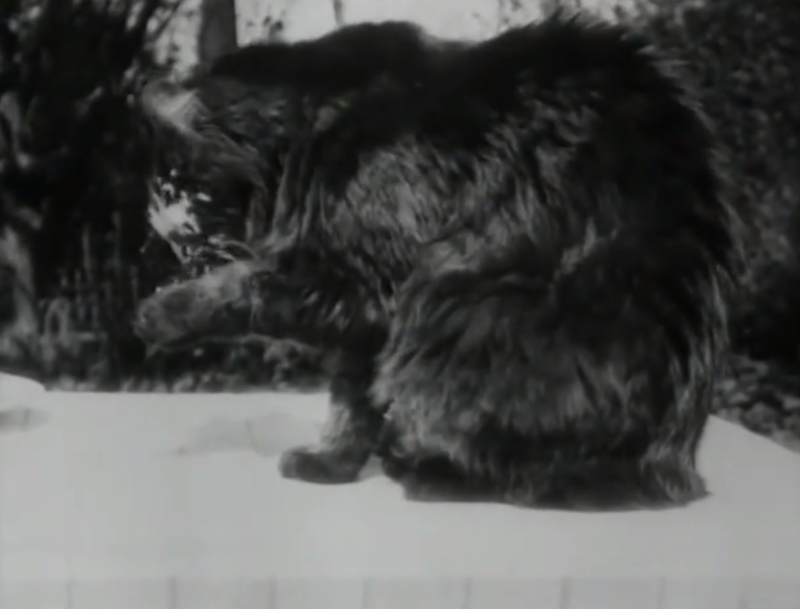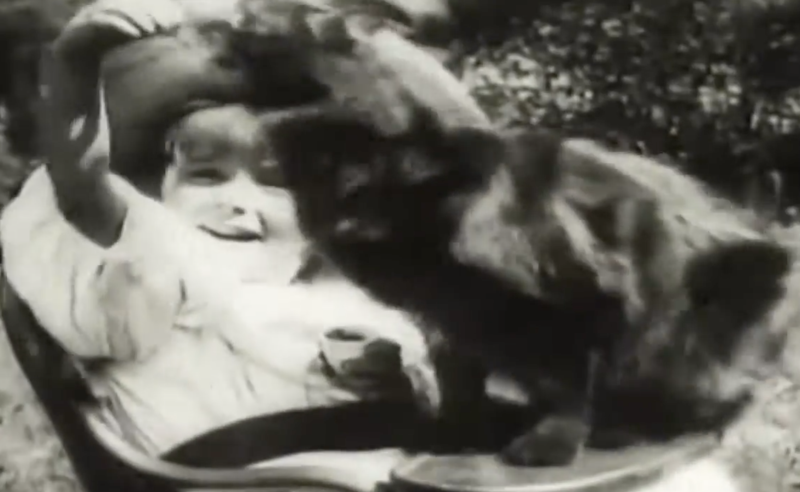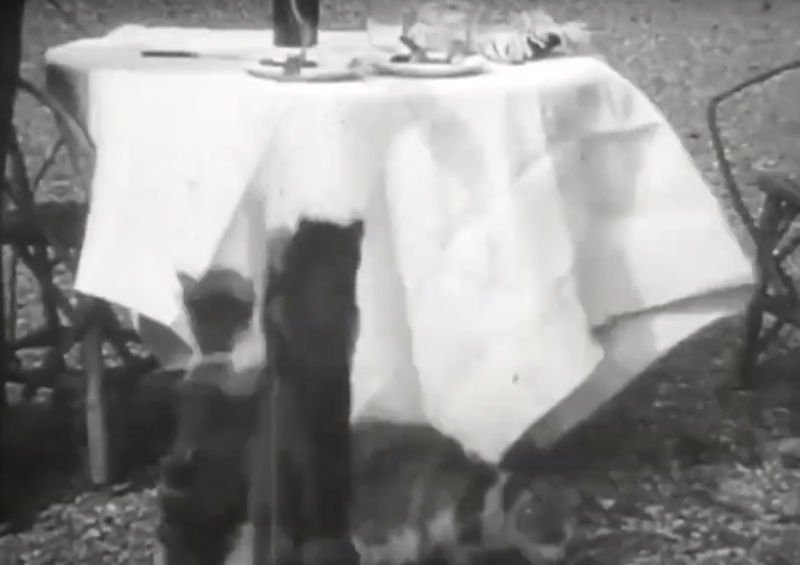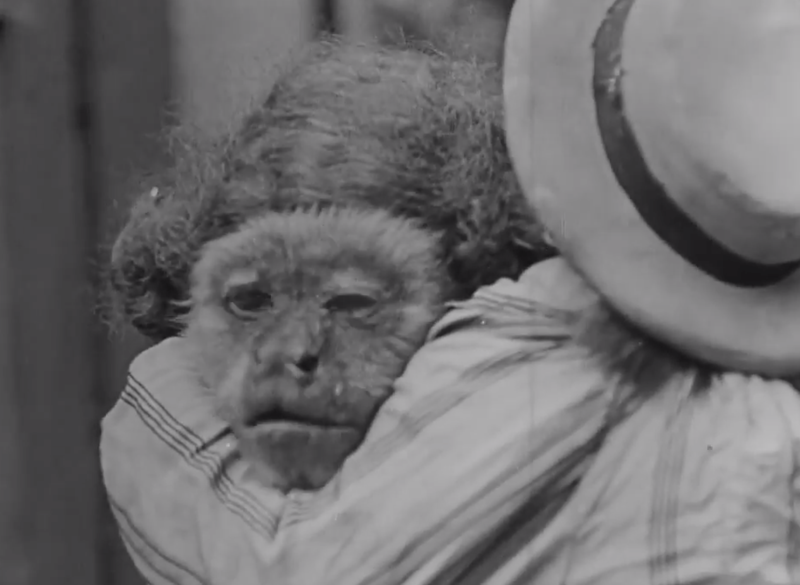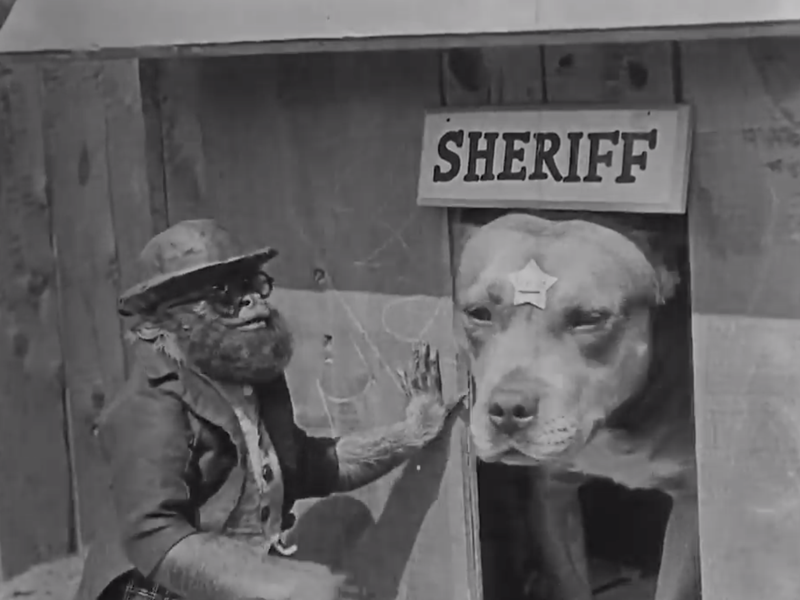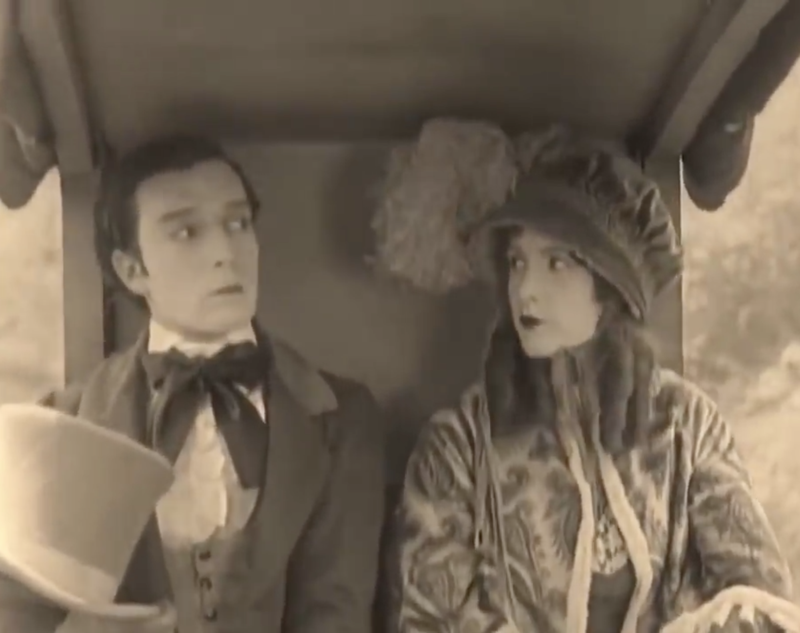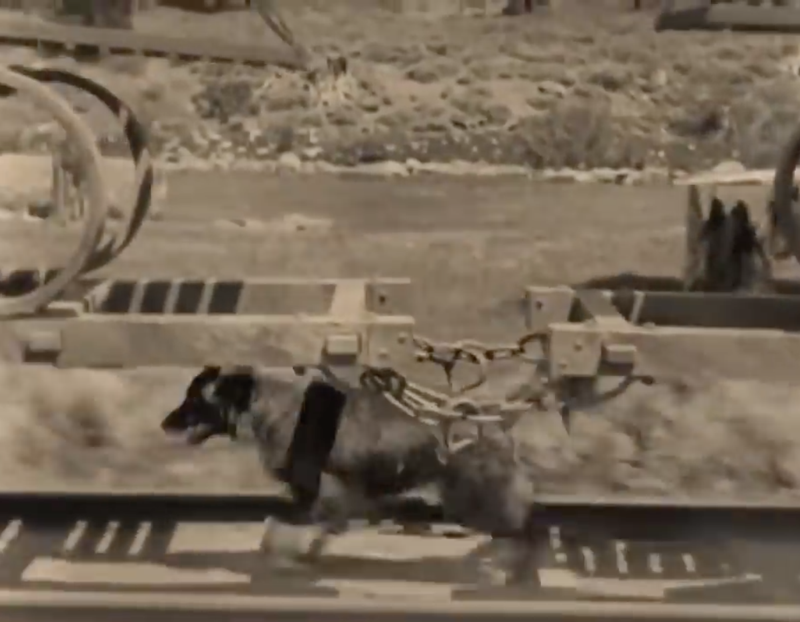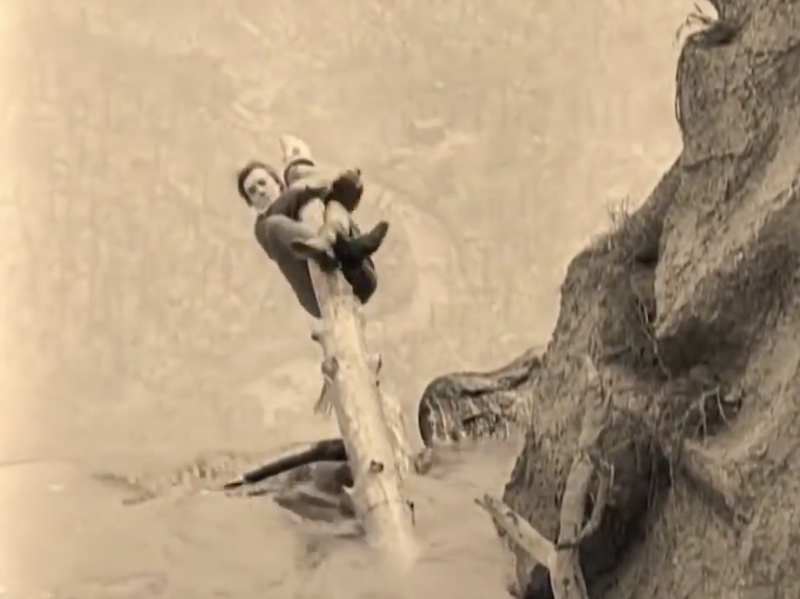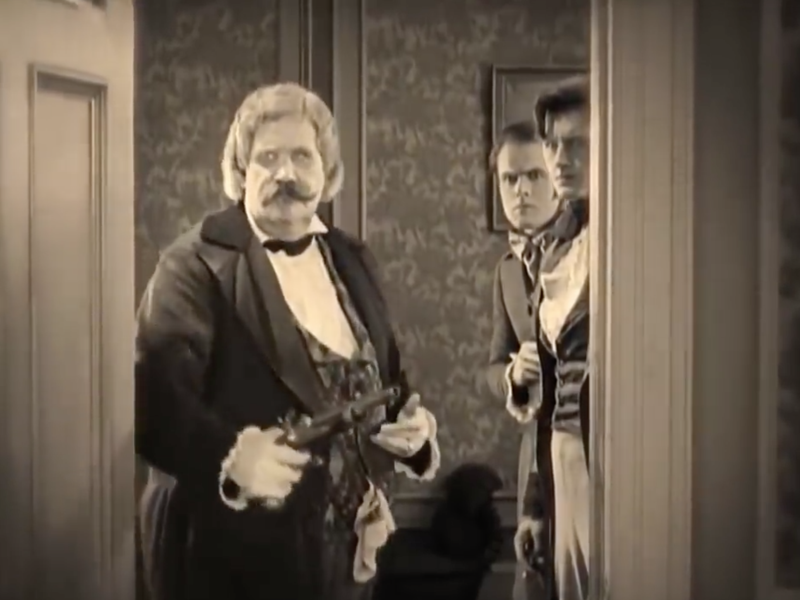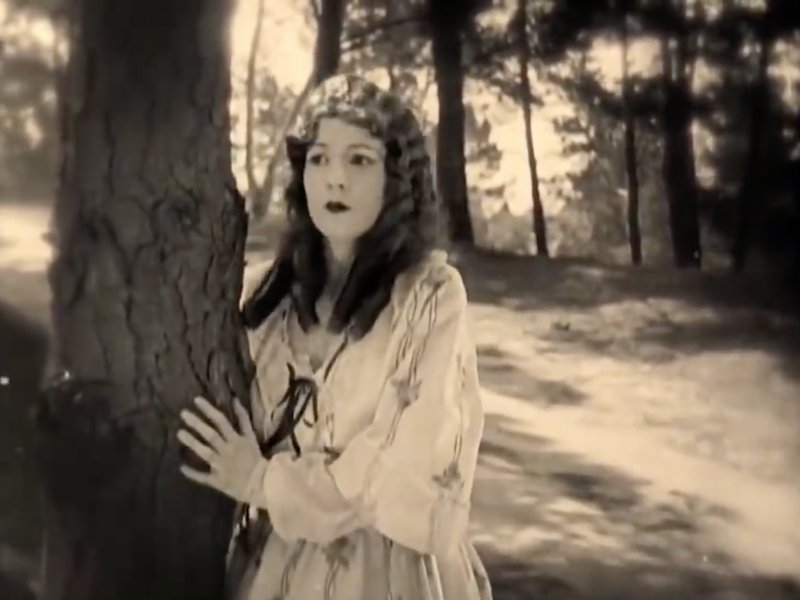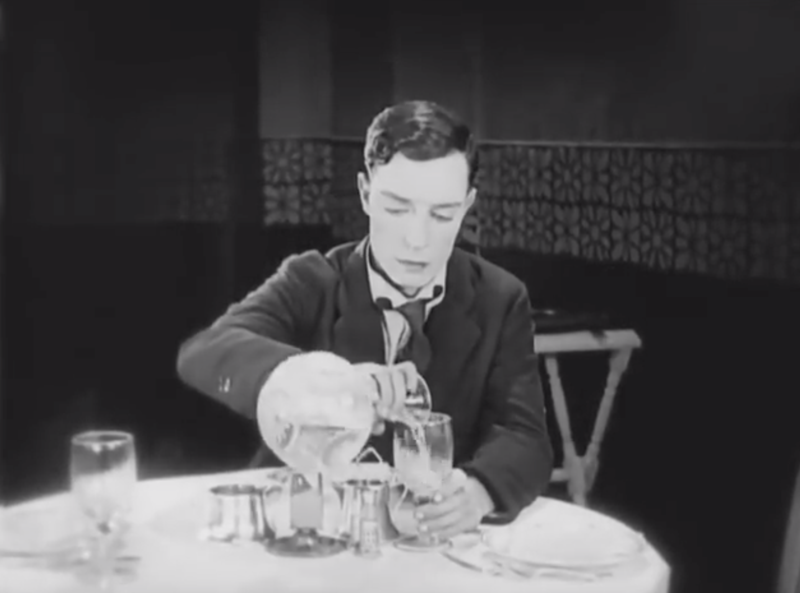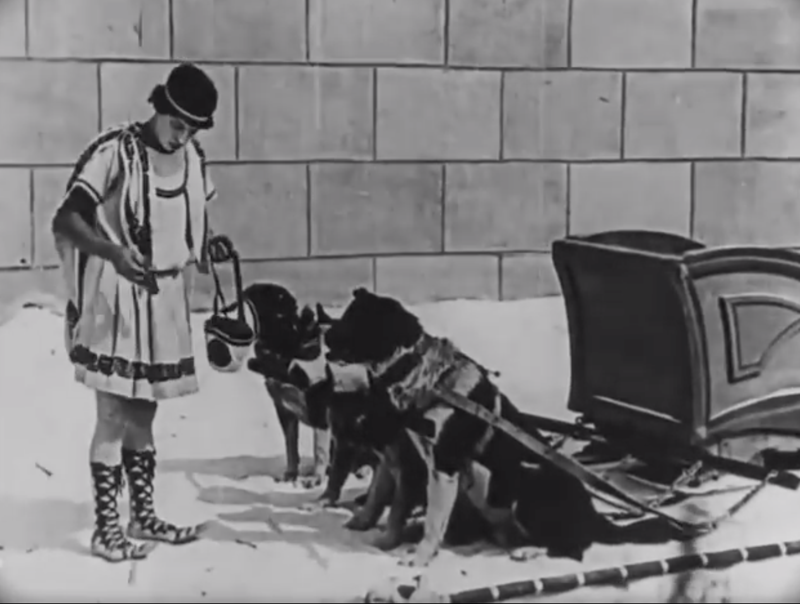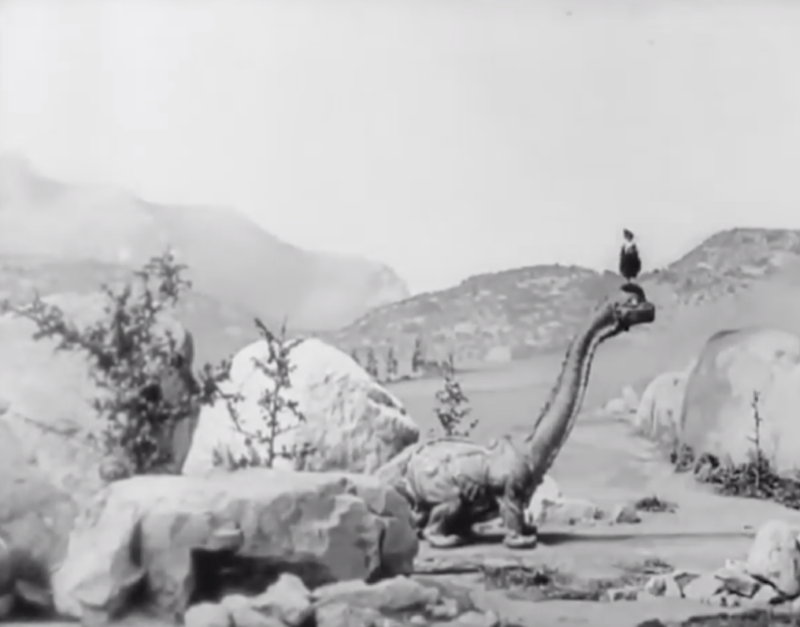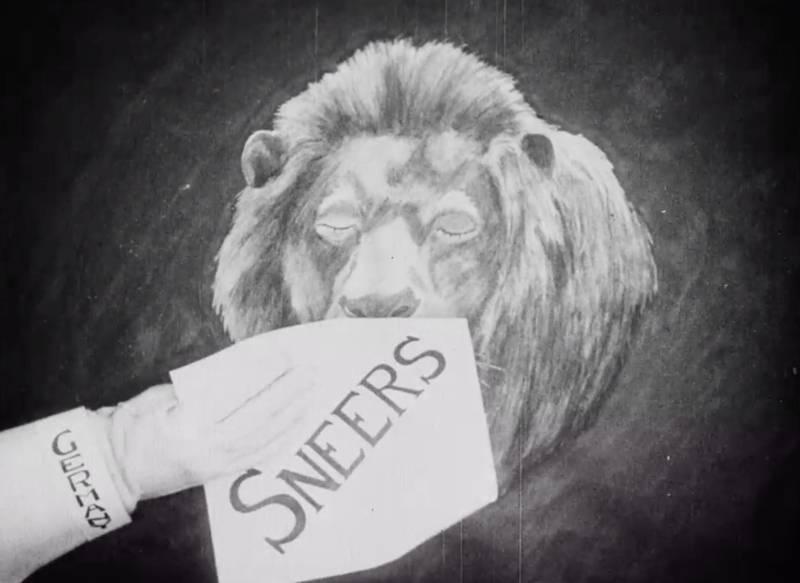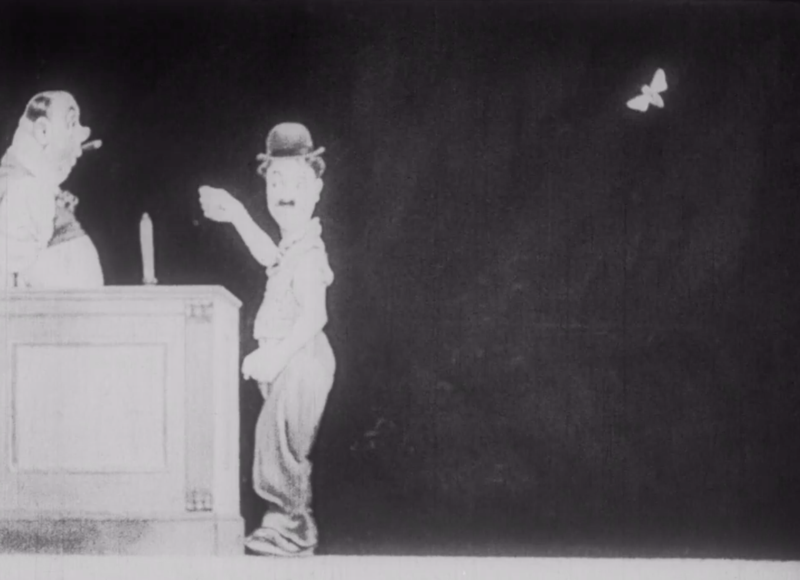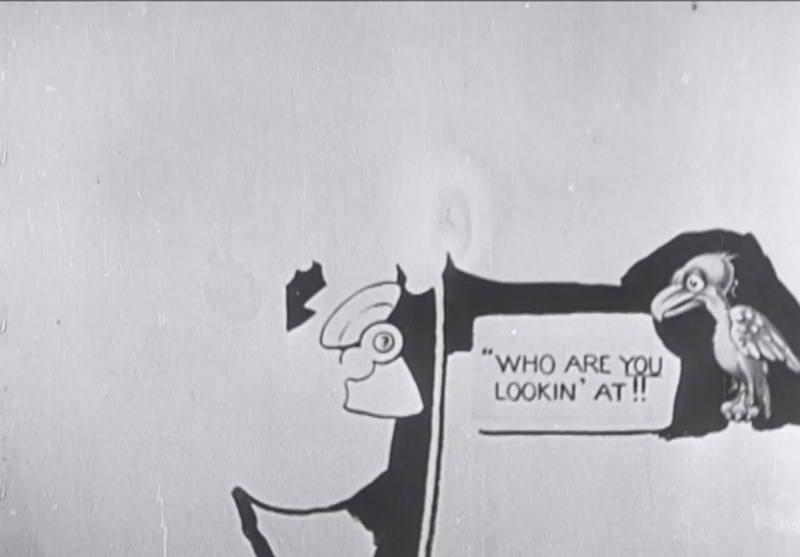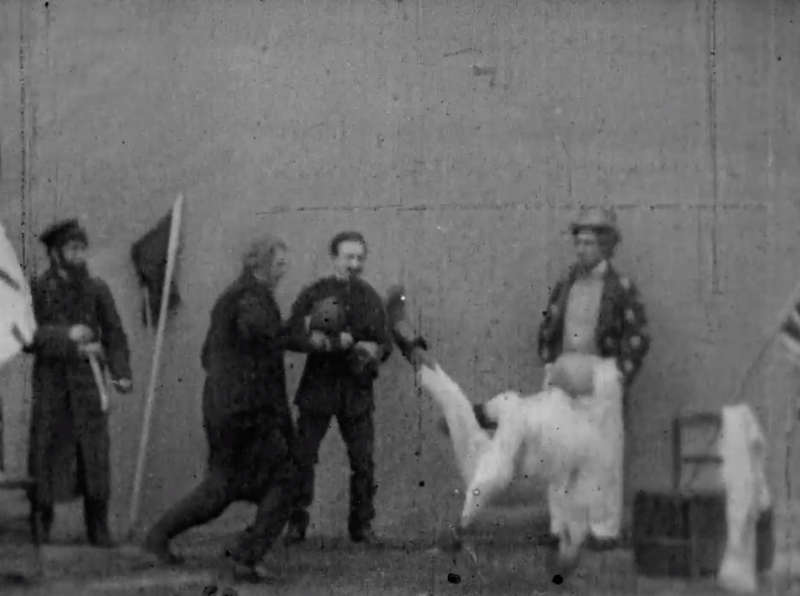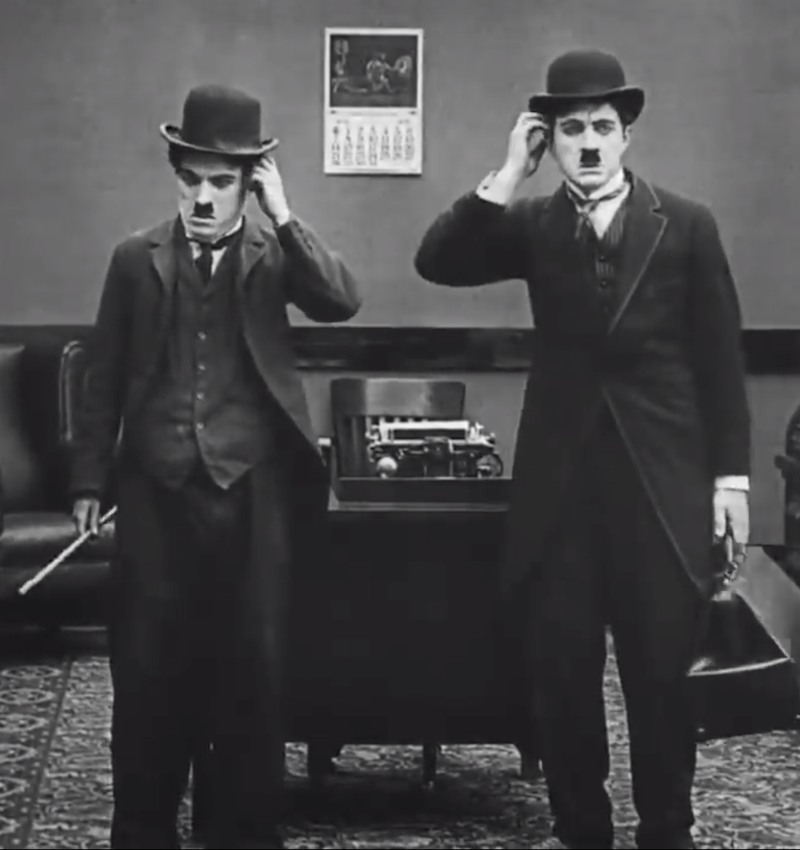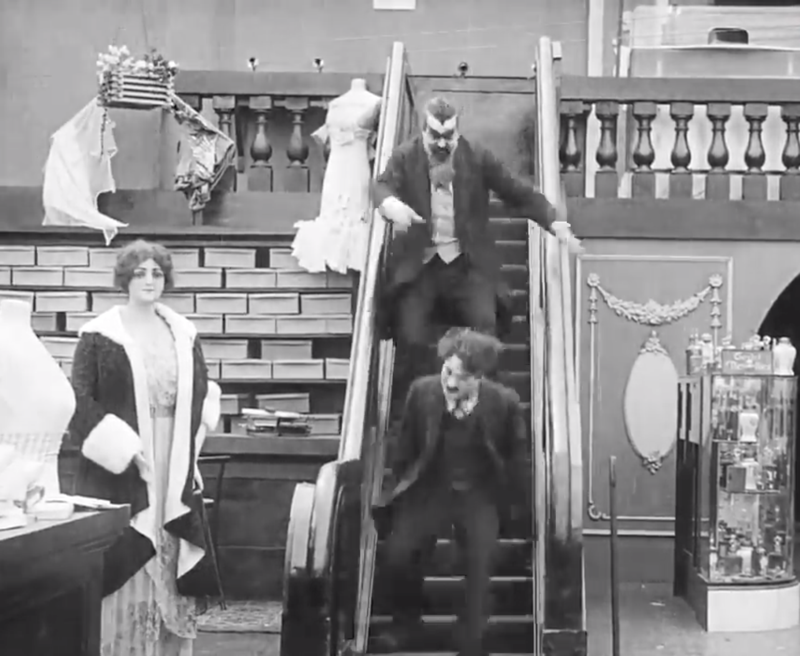The Alice Comedies were a series of short cartoon/live action hybrids, directed by Walt Disney in the mid to late 1920s. A total of 57 shorts were made between 1923 and 1927 (although about a quarter of these have since been lost), all of which were directed and produced by Disney, and their success helped launch the Disney studio.
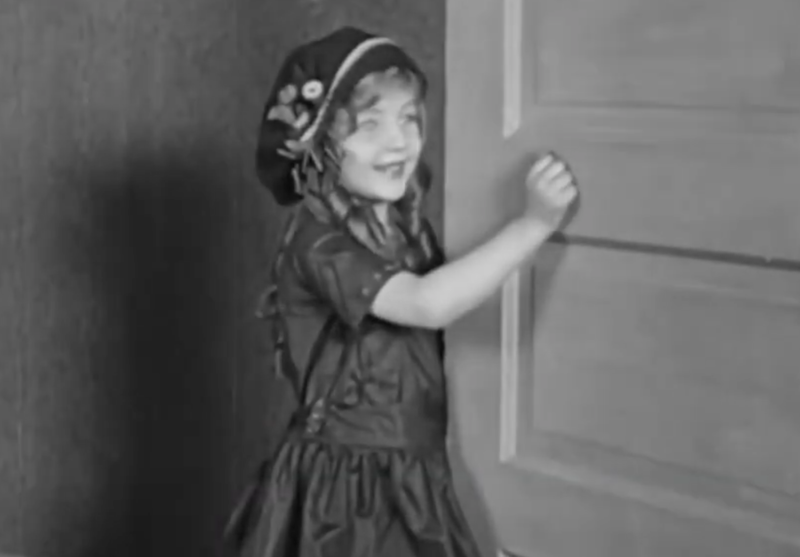
Alice’s Wonderland was the first of these, and essentially remained the template for the rest of the series. In the first half of the story, Alice, a precocious girl in the standard silent film style (and played here by Virginia Davis, although various other actors played the role in subsequent episodes), decides to visit Walt Disney in his studio, and watches him drawing cartoons at his desk, which of course then animate themselves on the page, much to her delight (and ours).

In the second half of the episode, Alice falls asleep and wakes up in an entirely cartoon world, flipping the animations in the real world conceit of the first section on its head. Here she dances with cats and gets chased by lions, before eventually waking up safe and sound in her bed. THE END
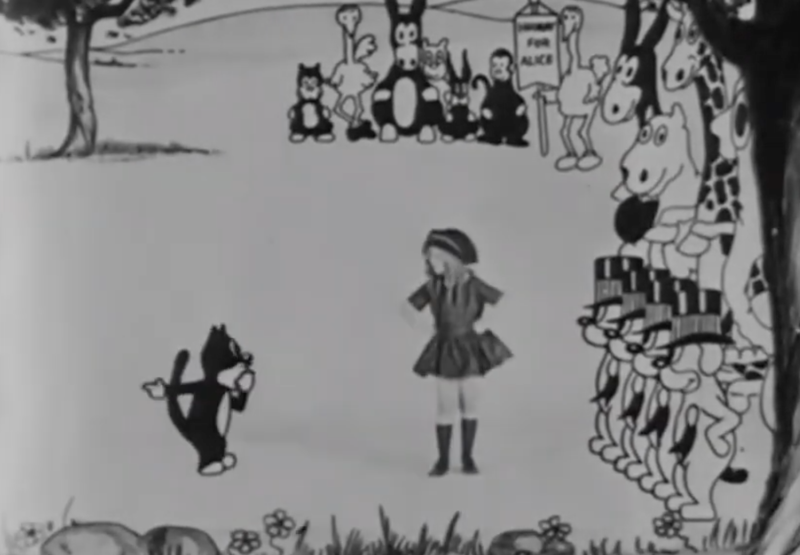
(And it really was the end, as Disney’s Laugh-O-Grams studio went bust after completing it, and Walt was never heard of again.)
___________
Notes
1. I had a free month or two of Disney+ recently, so thought I’d watch all the earliest Disney stuff on there.
2. But they weren’t on there.
3. Obviously being in the public domain means Disney has no interest in them any more.
4. So I had to watch them on youtube instead.
5. Which at least meant I could get screenshots of them I suppose.
6. Also, it’s kind of easy to forget, due to the ubiquity/uniformity of the eventual Disney brand, but Walt Disney really was kind of a genius at first.
7. Before he succumbed to instead simply being fully evil.
8. These must have been hellishly complicated to make.
9. And yet he cranked out a trillion of them all in a row (57)
10. Before abandoning this sort of cartoon/live action hybrid until Mary Poppins, I suppose.
11. Almost makes you wonder why it wasn’t Disney who made Who Framed Roger Rabbit really.
__________
Film Information
Title: Alice’s Wonderland
Director: Walt Disney
Year: 1923
Duration: 12 minutes
Watch: youtube
